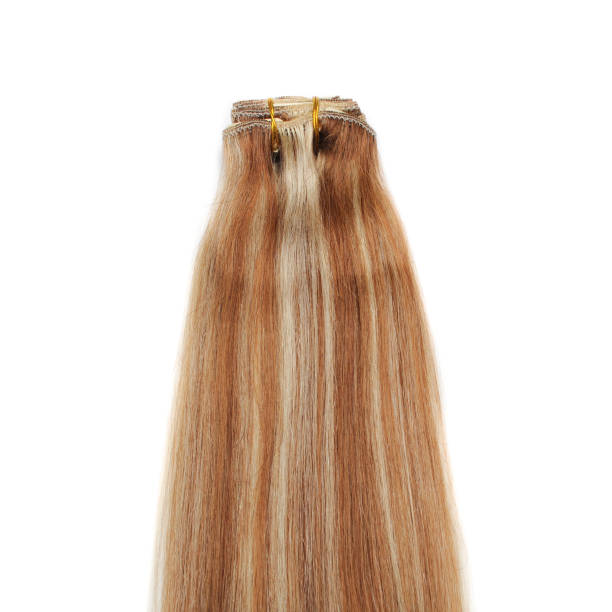In a world increasingly aware of the environmental toll of fast fashion, a surprising ally has emerged: fungi. These often-overlooked organisms hold the potential to revolutionize the fashion industry, offering sustainable alternatives to traditional materials and production methods. From clothing to accessories, fungi present a myriad of possibilities that could reshape the way we think about fashion. In this essay, we’ll explore the ways in which fungi could indeed save the fashion world.
1. Sustainable Material Production
Traditional fashion relies heavily on resource-intensive materials like cotton, leather, and synthetic fibers. However, the production of these materials comes with significant environmental costs, including water usage, chemical pollution, and habitat destruction. Fungi offer a sustainable alternative through mycelium, the root-like structure of fungi.
Mycelium can be grown in controlled environments using agricultural waste such as sawdust or straw as a substrate. This process requires minimal water and energy compared to conventional material production methods. Moreover, mycelium can be shaped into various forms and textures, making it suitable for a wide range of fashion applications.
2. Biodegradability
One of the most pressing issues in fashion today is the disposal of clothing and accessories. Synthetic materials like polyester can take hundreds of years to decompose, contributing to the growing problem of textile waste. In contrast, fungi-based materials are fully biodegradable.
When discarded, fungi-based products can decompose naturally, returning nutrients to the soil without leaving behind harmful microplastics. This closed-loop system aligns with principles of circular economy, minimizing the fashion industry’s impact on the environment.
3. Versatility in Design
Fungi offer designers unparalleled flexibility in creating innovative and unique fashion pieces. Mycelium can be molded into virtually any shape, allowing for the production of custom garments and accessories. Furthermore, fungi-based materials can be dyed using natural pigments, eliminating the need for synthetic dyes that can be harmful to both the environment and human health.
Beyond clothing, fungi can be used to create shoes, handbags, and even jewelry. By harnessing the natural properties of fungi, designers can push the boundaries of creativity while reducing the industry’s reliance on unsustainable materials.
4. Carbon Sequestration
In addition to their role in material production, fungi play a crucial role in carbon sequestration. As organisms that thrive in organic matter, fungi can help mitigate climate change by capturing carbon dioxide from the atmosphere and storing it in the soil. By incorporating fungi into fashion production, we can potentially offset carbon emissions associated with other aspects of the industry.
5. Ethical Considerations
Beyond environmental benefits, fungi-based fashion also raises important ethical considerations. Unlike animal-derived materials such as leather and wool, fungi can be grown without causing harm to living beings. This aligns with growing consumer demand for cruelty-free and vegan-friendly fashion options.
Moreover, fungi cultivation can create new opportunities for rural communities and small-scale farmers. By providing an alternative source of income, fungi-based fashion can contribute to economic development while promoting sustainable land use practices.
Conclusion
The fashion industry stands at a crossroads, facing increasing pressure to address its environmental and ethical shortcomings. Fungi offer a promising solution to these challenges, providing sustainable alternatives to traditional materials and production methods. From biodegradable textiles to carbon-sequestering materials, fungi-based fashion represents a paradigm shift towards a more environmentally conscious and ethically responsible industry.
However, realizing the full potential of fungi in fashion will require collaboration across disciplines, from biology and chemistry to design and marketing. Governments, businesses, and consumers must also play their part by supporting research and innovation in fungi-based materials and embracing sustainable fashion practices.
In the quest for a more sustainable future, fungi may indeed hold the key to saving the fashion world. By harnessing the power of nature, we can create a fashion industry that not only looks good but also does good for the planet and its inhabitants.



